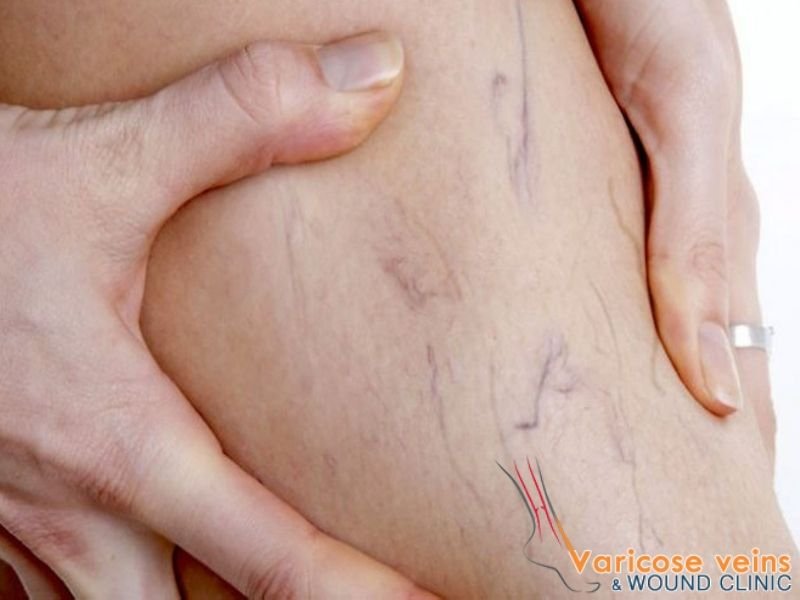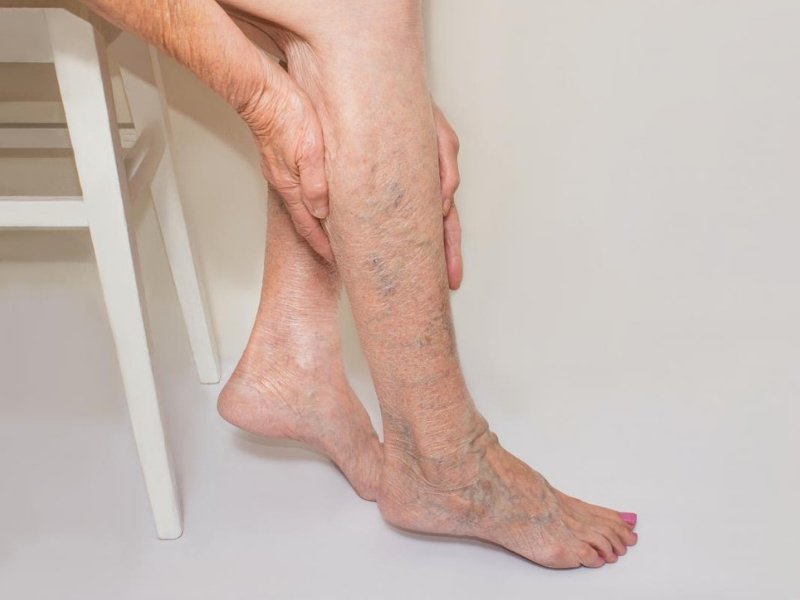Varicose veins are veins just under your skin that become very large, twisted, and bulging. They’re usually on your legs.
- Varicose veins may hurt, itch, or ache
- Varicose veins are more common in women and often start during pregnancy
- Treatments can sometimes get rid of varicose veins, but new varicose veins often form
Here are a few things you should know about varicose veins but might not:
1) Some varicose veins could lead to serious circulatory malfunction that may end in loss of a limb or even death, so any vein that is uncomfortable should be assessed by a healthcare professional.
2) Basically, the squeezing of leg muscles pumps blood back to the heart from the lower body. Veins have valves that act as one-way flaps. These valves prevent the blood from flowing backwards as it moves up the legs. If the one-way valves become weak, blood can leak back into the vein and collect there. This problem is called venous insufficiency. Pooled blood enlarges the vein and it becomes varicose. Spider veins can also be caused by the backup of blood. Hormone changes, inherited factors, and exposure to the sun can also cause spider veins.
3) A Doppler test can be done to make sure your vein valves are working. This varicose vein test uses ultrasound to study the direction of the blood flow in a vein and that determines if there are faulty valves or not.
4) Restless Leg Syndrome seems to be a common overlapping syndrome in patients with varicose veins and other chronic venous insufficiency.
5) Varicose veins can happen anywhere on the body but are most common in the lower body parts.
6)Those at risk for varicose veins are those who stand for long periods of time like those who are cashiers at banks or grocery stores, those who are overweight, the elderly, women, especially during pregnancy and those who have a family history of varicose veins.
7) In the United States approximately 25% of women and 15% of men have varicose veins.
8)Exercise 3 times a week for at least 30 minutes at a time. This stimulates circulation and should be an essential part of a healthy lifestyle.
9) Put your legs up. When you take a rest or during your lunch hour, try to put your feet up. It relieves the pressure in the legs and can help against varicose veins.
10) Eat a low salt and high fiber diet. That means eating more grains, fresh fruits and vegetables. More fiber means less constipation which is good if you have varicose veins on your bum ( also known as hemorrhoids!)
11) Do exercises like pumping your legs when you are sitting down for long periods of time. Or make sure that on your breaks and lunch periods that you rest them by elevating them. If you must stand for long periods of time you can shift your weight from one leg to the other one, every few minutes.
Visit our website for more information https://www.varicoseveinlaser.in/




